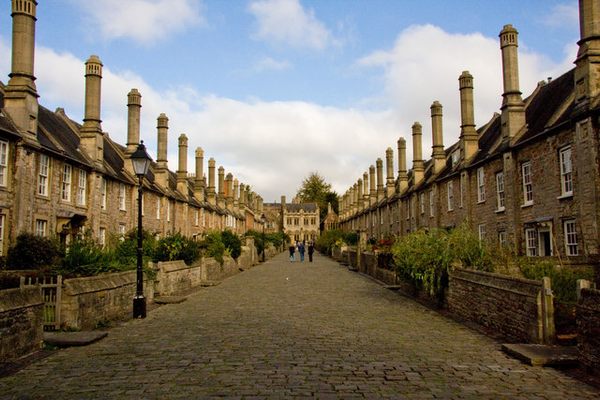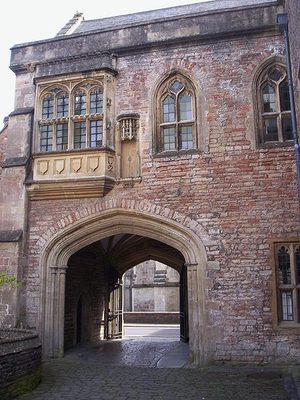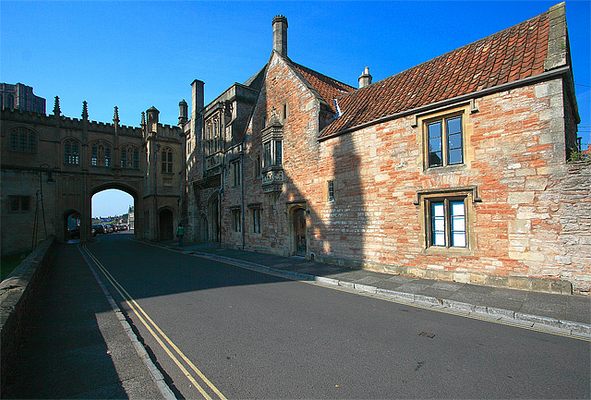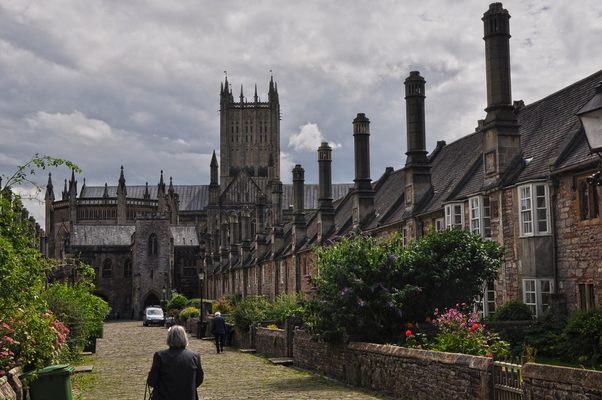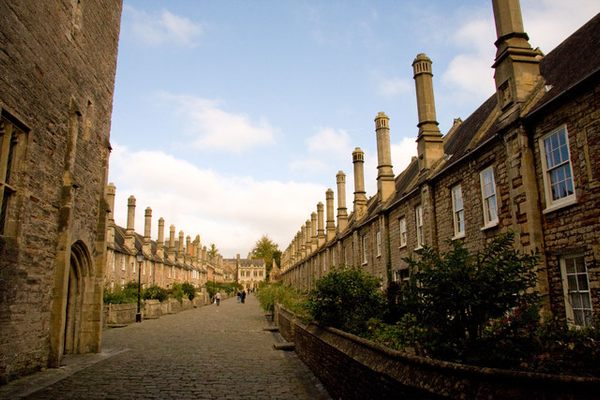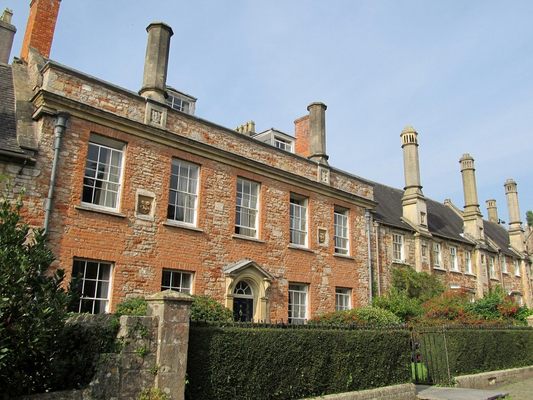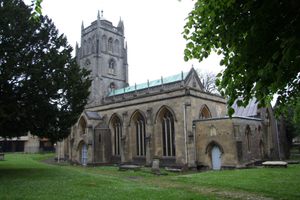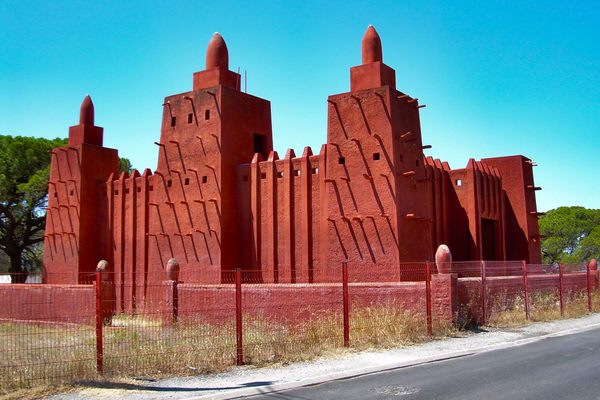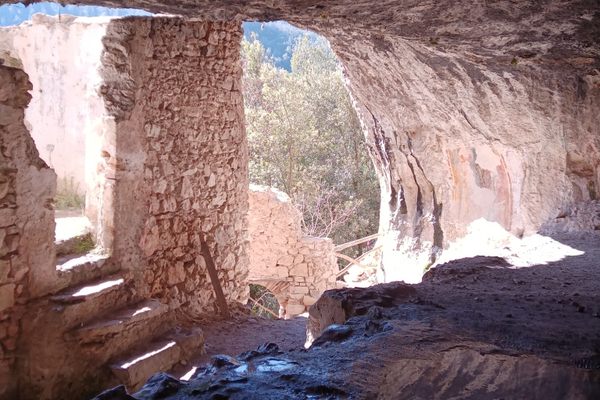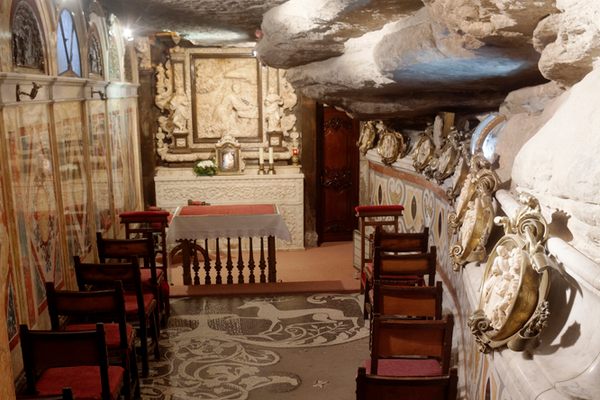About
The first houses on this attractive street, close to Wells Cathedral in Somerset, were constructed during the mid 14th century and the street was completed about a century later. The area was initially used to house a group of chantry priests. Although changes and improvements have been made over the years, the properties are still essentially the same as they were centuries ago. Almost all of the 27 houses on Vicars' Close are protected as grade 1 listed buildings.
The street derived from a significant land grant by the canon of Wells Cathedral, Walter de Hulle. The chantry priests were supported by the rents from tenants who lived on the land.
The road is a 460 feet (140 meters) long roadway with paved stone down its center. An optical trick created by the space between the two rows of houses makes the street look longer when standing near the main entrance. The street looks considerably shorter when viewed from the other end.
During the 12th century, the group of clergy who served the cathedral were responsible for chanting the divine service eight times a day and were known as the Vicars Choral. At the end of the street is the Vicars' Hall which housed several communal and administrative offices relating to the Vicars Choral. In particular, was a room associated with the collection of rents used to support the clergy. This hall contains a gateway that links Vicars' Close to St Andrew Street.
To put the age of this street into context, at the beginning of its construction Henry IV was on the throne. He was the first king of England to speak English rather than Norman French.
Related Tags
Know Before You Go
There are several other historical sites along Vicars' Close.
Community Contributors
Added By
Published
March 27, 2020
